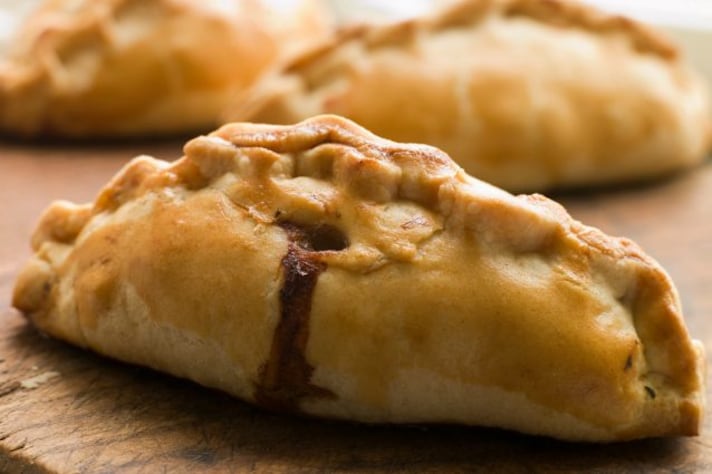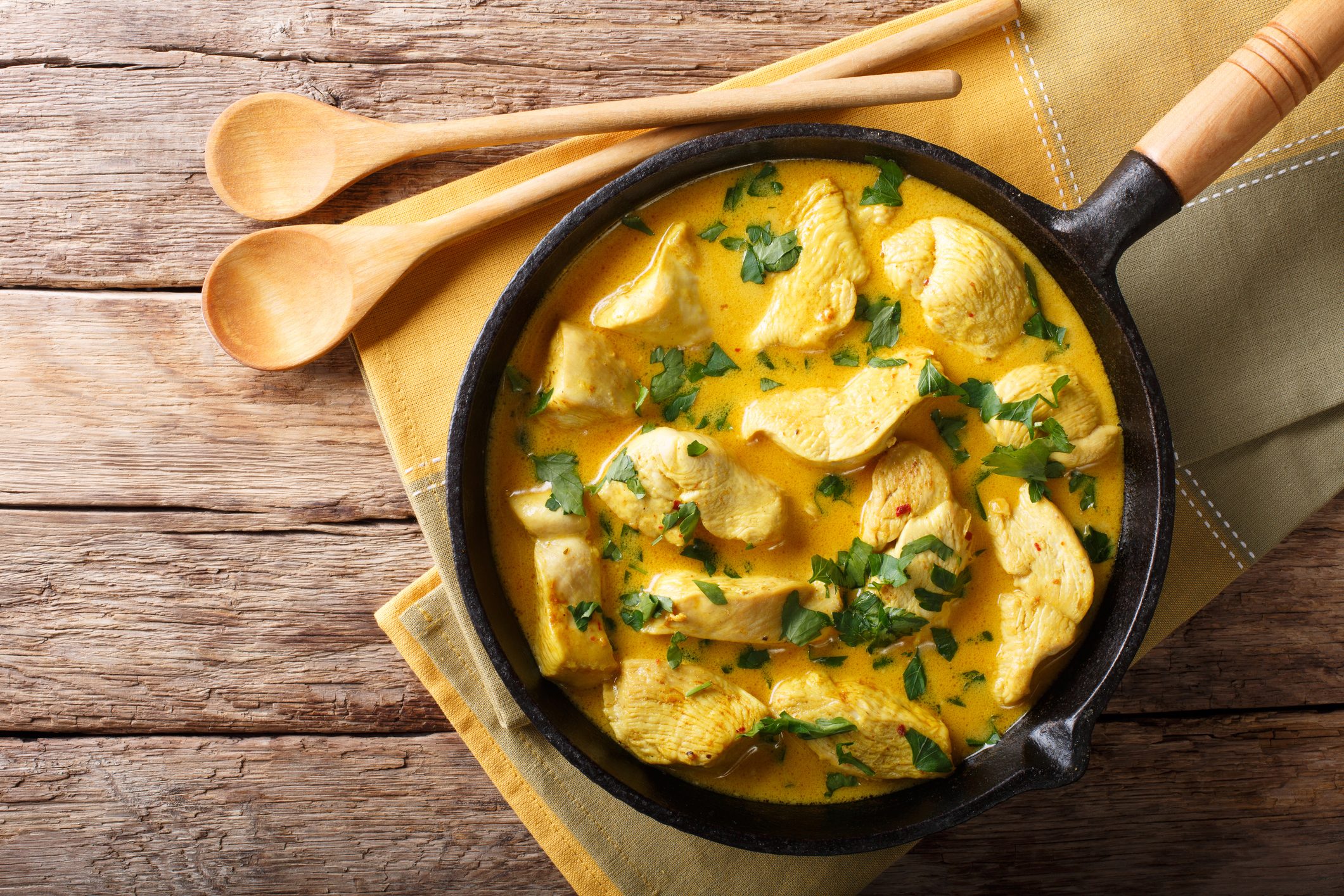Cornish Pasty Week: A Brief History of This Iconic Dish
The Cornish pasty, celebrated on National Cornish Pasty Week, has a rich history dating back to the 13th century. Originating as noble fare, it became a miners' meal with a practical design for safe eating. Traditionally filled with beef, potato, swede, and onion, it's distinguished by its D-shape and side crimp. The pasty's PGI status ensures its ingredients and preparation remain authentic, symbolizing Cornwall's culinary heritage.

Today marks the celebration of National Cornish Pasty Week, a week dedicated to one of Cornwall's most iconic and cherished culinary treasures. The Cornish pasty, with its rich history, ancient roots, and abundance of myths and curiosities, stands as a testament to Cornwall's cultural heritage and culinary ingenuity. This delectable dish is not just a simple meal; it's a symbol of Cornish identity and tradition, enveloped in a crimped pastry case.
The Origins and Evolution of the Cornish Pasty
The Cornish pasty's history is as layered as its pastry, dating back to the 13th century. Initially, pasties were the fare of nobility and the wealthy, filled with venison, beef, and exotic spices. However, the pasty truly found its identity in the 17th and 18th centuries among the Cornish tin miners. Needing a hearty, portable meal that could be easily eaten underground, miners embraced the pasty, which could be filled with inexpensive ingredients like potatoes, turnips (swede), and meat, making it a sustaining meal for the working class.
The design of the pasty, with its thick crimped edge, served a practical purpose. Miners could hold the pasty by the crimped edge, eat the filled portion, and discard the crust to avoid ingesting toxic arsenic residue on their fingers from the mines. This ingenious solution highlights the Cornish pasty's role as a piece of culinary innovation born from necessity.

Myths and Traditions
Numerous myths and traditions are associated with Cornish pasties, adding to their mystique. One popular legend is that the Devil never crossed into Cornwall, fearing that the Cornish would put him into a pasty. Another tradition involved baking pasties with sweet fillings on one side and savory on the other, providing a full meal in one pastry.
What Makes a Cornish Pasty Traditional?
A traditional Cornish pasty is distinct in its ingredients and preparation. According to the Protected Geographical Indication (PGI) status it was granted in 2011, a genuine Cornish pasty must contain beef, potato, swede (often referred to as turnip in Cornwall), and onion, seasoned with salt and pepper, all encased in a D-shaped, hand-crimped pastry. Unlike ordinary pasties, the filling of a Cornish pasty is uncooked when the pasty is assembled; the ingredients cook together inside the pastry, melding their flavors.

Distinguishing Features from Other Pasties
The differences between a traditional Cornish pasty and other pasties are notable in the ingredients, shape, and crimping technique. The Cornish pasty's distinctive D-shape and side crimp are iconic, setting it apart from other regional pasties that may have different shapes and crimp positions. The specific combination of ingredients and their raw preparation inside the pastry also distinguish the Cornish pasty from its counterparts, which might include pre-cooked fillings or different vegetables and meats.
;Resize,width=767;)
;Resize,width=712;)

;Resize,width=712;)